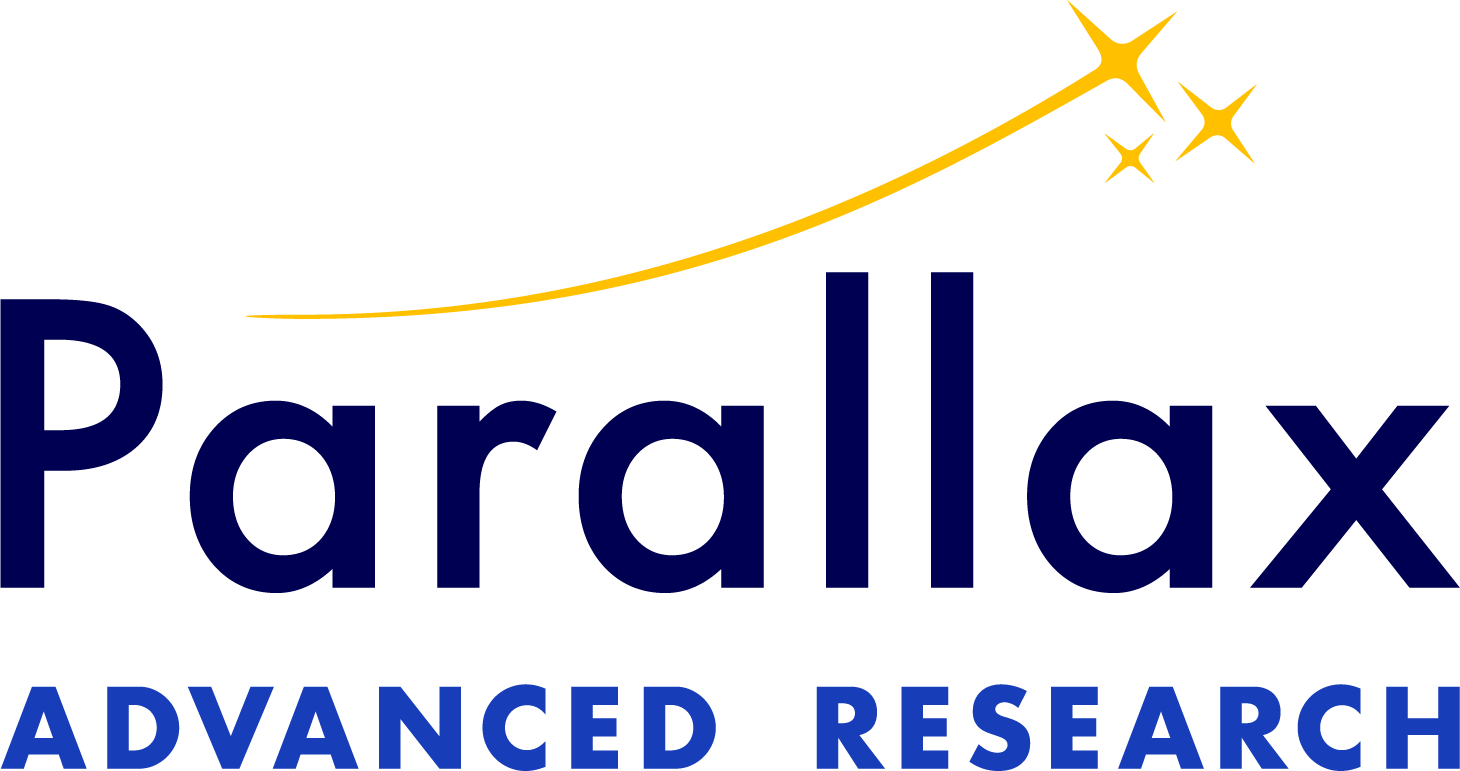Dayton, Ohio -- The Air Force Research Laboratory’s (AFRL) Autonomy Capability Team 3 (ACT3) program and Parallax Advanced Research are working together on a novel scientific representation of the conscious mind that pays attention to memory, ongoing processes, and conscious and unconscious attention with the goal to change the future of artificial intelligence (AI). Scientists are exploring the possibility of applying the interpretative and analytical capabilities of the human mind to AI to potentially expand its scope and impact across multiple fields. The collaborative research project is led by AFRL’s ACT3 team.
ACT3 calls the vision of this research “Do It Yourself AI”, where instead of having to tell the computer precisely a function for execution, the user will be able to vaguely describe a goal and have the AI determine what functions are appropriate to accomplish it.
“This will be a process that isn't pre-programmed by a person, can dialogue with people and can make use of lots of different AI components in a holistic way and which will take AI to the next level,” said Dr. Matt Molineaux, Parallax director of ai/autonomy and META principal investigator.
Research is underway to implement this theory of a mind’s simulation, structural coherence and situatedness that make up human consciousness and make the concept concrete in terms of a program that can run on a machine. Molineaux and Parallax Research Scientist Othalia Larue are working on formalization of these concepts of consciousness, which they call a “cognitive process network”, with the idea that there is an interrelated graph of processes which can perform the functions of understanding of learning and simulation. This is a computational object, intended to support the network of ideas that make up this simulated conscious mind.
This network attempts to not only mimic the structure of thoughts of a conscious mind but also emulate the moving attention focus of the mind.
“We are attempting to model both conscious and unconscious attentional focus,” said Dr. Molineaux. “An example of unconscious attentional focus is when one leaves work, remembers saying goodbye to their colleagues and gets into their car to drive home, and the next thing one knows is that they’re home and don’t recall the drive home. It’s an experience many of us have had, where your mind seems to be elsewhere during the drive, and because you’ve driven that route countless times, you did not have to be as consciously attentive as you would when driving an unfamiliar route. Conscious attentional focus allows us to relive past experiences and answer questions about things that we have read or done or seen,”.
This research is an ongoing quest for continuous advancement of AI performance and has potential applicability across important sectors, such as the military, agriculture, industrial manufacturing, and medicine.
###
About Parallax Advanced Research
Parallax is a 501(c)(3) nonprofit that tackles global challenges by accelerating innovation and developing technology and solutions through strategic partnerships with government, industry and academia across Ohio and the Nation. Together with academia, Parallax accelerates innovation that leads to new breakthroughs. Together with government, Parallax addresses critical military and civil challenges and delivers new solutions. Together with industry, Parallax develops groundbreaking ideas and speeds them to market.
About AFRL ACT3
The AFRL ACT3 is an AI special operations organization with the mission to operationalize AI at scale for the Air Force. ACT3 is an integrated team with the Blue-Sky Vision of an academic institution; the flexibility of an AI startup; and the discipline of a production development company.
